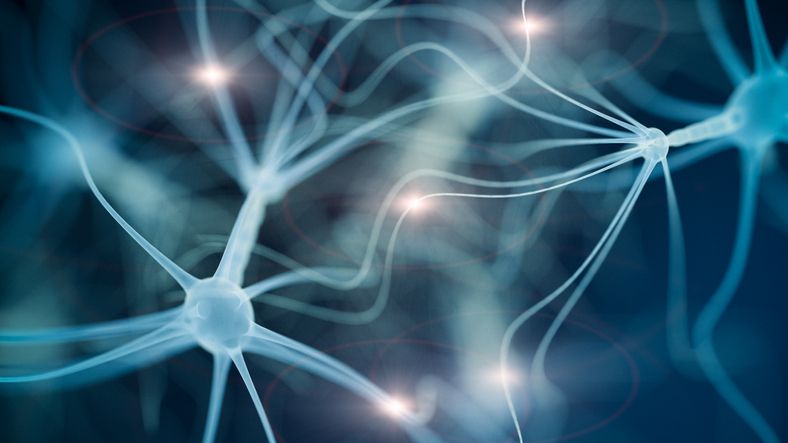There is mitochondrial and synaptic dysfunction in Parkinson’s disease, as well as protein degradation impairment. But the accumulation of toxic α-synuclein – in the periphery as in the brain -- continues centre stage in efforts to achieve disease modifying therapy.
The formation of toxic intraneuronal inclusions, or Lewy bodies, through the build-up of misfolded and aggregated α-synuclein is a core feature of Parkinson’s disease (PD). We have gained important new insights into processes underlying this pathology,1 and certain key elements were summarized by Wilma van de Berg (Amsterdam UMC, The Netherlands) during a satellite symposium sponsored by Roche at the AAT-ADPD Focus meeting.
New findings support α-synuclein story
Almost 15 years after we discovered the role of α-synuclein mutations, agents based on that insight are now in trials
In cultured neurons, maturation of aggregates derived from the seeding of α-synuclein fibrils leads to the reassembling of organelles and mitochondrial and synaptic dysfunction.1 In transgenic mice, dopaminergic loss and motor deficits develop as excess α-synuclein monomers cluster in neurons.
This follows previous evidence from rodents and primates that over-expression of mutant α-synuclein leads to progressive neurodegeneration and motor deficits.2
Potentially disease modifying therapies could include drugs that boost failing protective mechanisms or that promote neuro-rescue or restoration. But α-synuclein remains the focus.
One strategy, many tactics
We cannot say that α-synuclein is the cause of PD, since there may be important upstream mechanisms. But we do know that α-synuclein is one reason cells are dying. So stopping its accumulation, or aiding its removal, would definitely be a step forward.
α-synuclein aggregates are toxic to cells. Stopping their accumulation, or aiding removal, would be a step forward
Since α-synuclein aggregates are present throughout the body, such an approach might ultimately be effective in slowing progression from the prodrome, as well as in people with manifest PD, Wolfgang Oertel (Philips University, Marburg, Germany) suggested.
Within this approach, a number of strategies are possible:3
- Reducing α-synuclein production through antisense oligonucleotides, for example
- Enhancing degradation of α-synuclein
- Removing extracellular aggregation of α-synuclein with antibodies, reducing uptake by neighboring neurons; and
- Using small molecules to stop α-synuclein monomers converting into oligomers within the cell.
A patient perspective
Josefa Domingos (European Parkinson’s Disease Association, Portugal) added a four-fold plea from the perspective of patients.
Accurate diagnosis, integrated care, and a PD-friendly society are among our needs
There is a need for a breakthrough treatment that targets the cause of PD. But patients also need to be guided towards reliable information, and this should range from the prodrome to advanced disease and include the non-motor symptoms which have a big negative impact on quality of life.
Patients need access to neurologists in order to achieve early and accurate diagnosis but also treatment decisions; and they would like access to the multidisciplinary teams that enhance care.4
They also need to feel they live in a society that better understands the symptoms and circumstances of people with PD, including the fact that many of those affected are young.
Educational financial support for this symposium was provided by Roche.
Our correspondent’s highlights from the symposium are meant as a fair representation of the scientific content presented. The views and opinions expressed on this page do not necessarily reflect those of Lundbeck.




